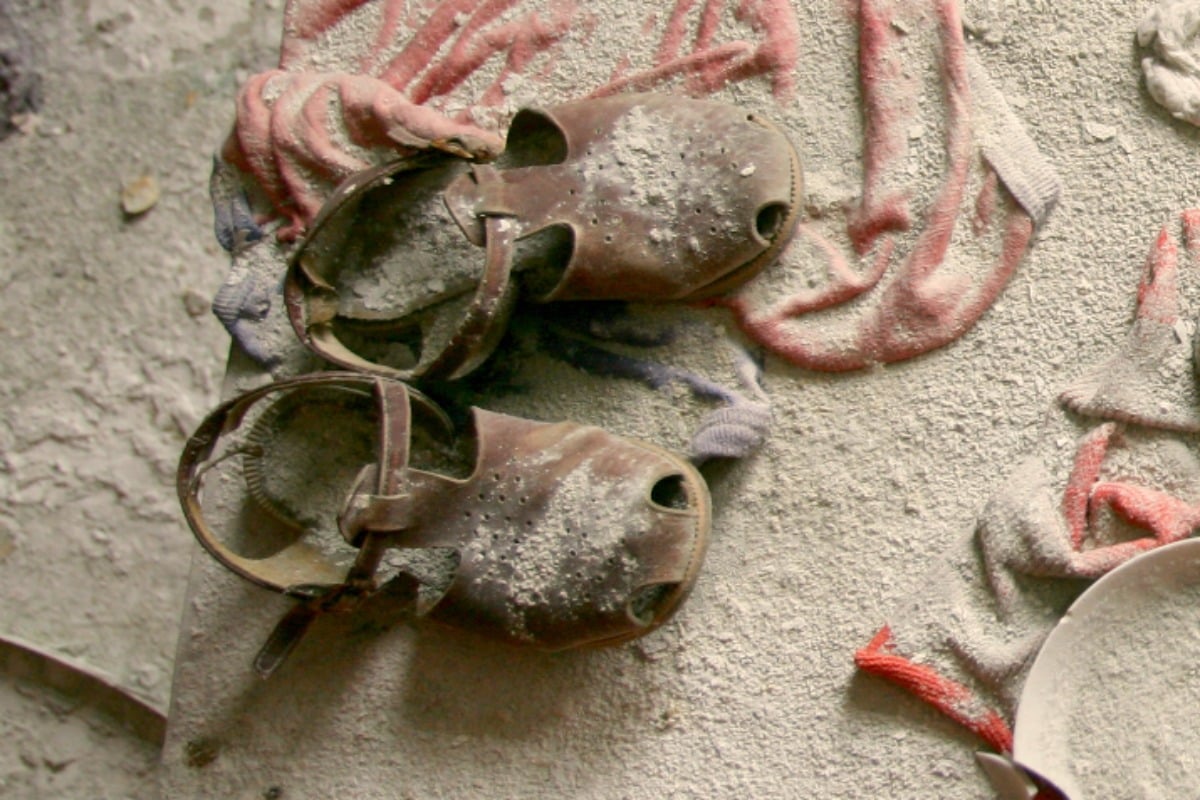
At the end of April 1986, a safety test at the Chernobyl power plant in Ukraine went very wrong.
While the town slept, a sudden power surge led to a series of explosions at 1:24 am – killing two instantly.
The first people knew of it was likely when a fireball erupted into the sky – described by some onlookers as not unlike fireworks.
“There was a heavy thud,” recalls Sasha Yuvchenko, who was on the night shift at the Chernobyl power plant at the time.
“A couple of seconds later, I felt a wave come through the room.”
“The thick concrete walls were bent like rubber. I thought war had broken out… Steam wrapped around everything; it was dark and there was a horrible hissing noise,” he told The Guardian.
The heat emitted from the power plant was so intense that firefighters called to the scene watched as their boots melted.
Though Yuvchenko didn’t feel anything at the time, within an hour he began vomiting uncontrollably. His throat hurt.
He was transported to Moscow, where the men either side of him died an excruciating death; burning from the inside out.
Over the next several days, a cloud of radioactive dust travelled across northern and western Europe, extending as far as the United States. Nuclear rain fell as far as Ireland.
An evacuation zone was established, 36 hours too late, with more than 68,000 people evacuated from a 30 kilometre radius.





Top Comments
From the WHO link posted, they estimate 4,000 additional cancer deaths from the fallout, not sure where the 30,000 figure is coming from. The Chernobyl Union of Ukraine appears to have counted all deaths from cancer in the intervening 33 years and attributed them all to the disaster, which is obviously fallacious reasoning.
It’s extremely hard to determine the death toll for many reasons, most notably our inability to determine the cause of cancer. A pack a day smoking coal miner works at the site. 20 years later he gets bladder cancer. What was the cause? Was it both? Was it neither?
The series was generally good, it only overblew the science when they spoke about a steam explosion being 4 MT and wiping out Kiev and Minsk, the later being about the same distance away as Melbourne to Albury. Even a 100 MT blast wouldn’t take out Minsk. 4 MT would take out Pripyat, but that’s about it.